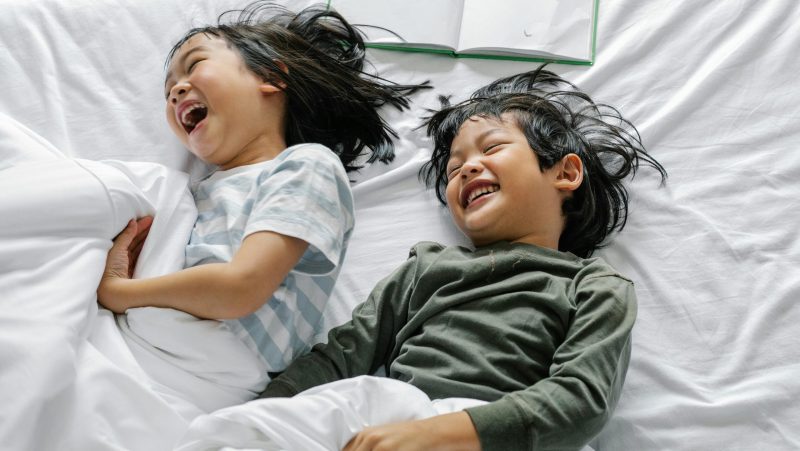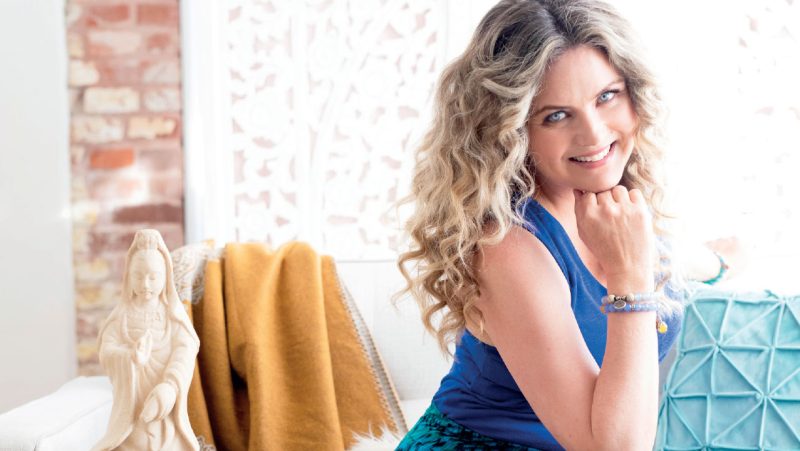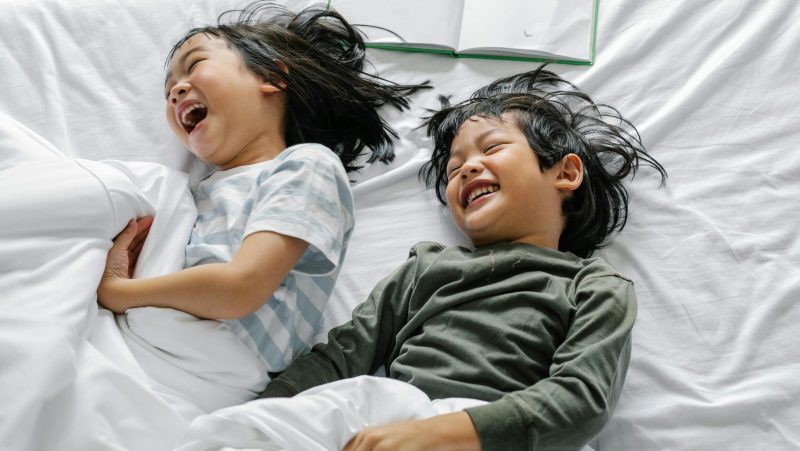
10 Mindfulness Techniques to Teach Your Children
Teaching Children Essential Tools for Inner Peace and Emotional Well-being - By Cora Gold
Reading time: 4 minutes
Mindfulness is a key lesson to teach your children. As kids grow older, they will inevitably find themselves in challenging situations. Whether meeting a deadline at school or connecting with other people, they will experience stress. Teach them how to combat those negative emotions and stay calm.
Your child can test many mindfulness techniques during their childhood years. Encourage them to try different methods and determine what works best for them.
1. Guided Meditation
Guided meditation is an effective way for kids to begin their mindfulness journey. Parents can help walk them through the process. For example, talk about gratitude and allow your kids to ponder things and people for whom they are thankful.
There are also guided meditation apps and videos for children on the internet. Watch these videos beforehand to review whether the content is optimal for your kid.
2. Journaling*
Sometimes, you just need to put your thoughts to paper. Keeping a journal fuels children to express what’s on their minds and verbalize their ideas. You can start by giving them a template they can fill in daily. Here are a few examples to include:
- What happened today?
- What was the weather like?
- What’s something you learned today?
- What’s an object you remember seeing today?
- What’s an emotion you felt today?
3. Breathing
Breathing exercises are a great way to manage one’s wellness, especially in moments of stress. Let your kid take a deep breath. Wait for a few seconds before letting them exhale. Encourage them to put a hand on their chest during this exercise. Ask them to observe how their heart beats and how they feel about it.
4. Music Meditation
Music is good for the soul since it can quiet any negative voices. Turn it into a meditation tool for your children. Play classical music and allow them to sit through the song. You can also let them pick a tune they will listen to when feeling stress or anxiety. It can be easier for children to let go and focus on the music when they like the song.
5. Mindful Eating
Serve them a plate of their favorite food and ask them to physically and emotionally describe the taste and feel of the dish. Mindful eating is an excellent way of extending gratitude towards their dish and its sensations. Slowly savoring what’s on the table also helps children notice how their hunger turns into satisfaction.
6. Prayer
Some people feel more reassured when they recognize a higher power in their life. Use prayer to create a spiritual footprint that guides children throughout their lives. Encourage them to share their pain and express their gratitude. You can also demonstrate by mindfully praying with them together.
7. Stretching
Keep in mind how physical health influences one’s mental health. Incorporate stretching exercises into your kid’s mindfulness routine. For example, tell them to put up their arms and stand on their tippy-toes to reach for the skies. Shaking their arms and legs is also a great way to remove muscle tension.
8. Painting
Some creative children clear their minds when they draw different images. You can start them out on crayons and markers before moving on to paint. Younger kids may primarily focus on creating abstract shapes but try to suggest doing certain subjects. You can bring out an object and make a game out of recreating it on paper.
9. Quiet Time
Some people have a negative view of silence. However, it can be refreshing to have quiet time. Children can think openly about whatever topic since no stimuli can distract them. Rather than teaching kids it’s a punishment, allow them the freedom to relax.
10. Forest Bathing
Encourage your kids to get out of the house and into a park. Spending time in nature helps improve one’s mood and lower stress levels. Suggest different forest bathing activities, like smelling the flowers. Collecting different colored rocks can also be a good goal to work towards.
Start Mindfulness Young
Different mindfulness tools can help keep your kids centered and positive. Starting this journey while they’re young allows them to build habits and manage their emotions. Be a role model as you guide and teach your children these ways.
*commission earned from this link.







